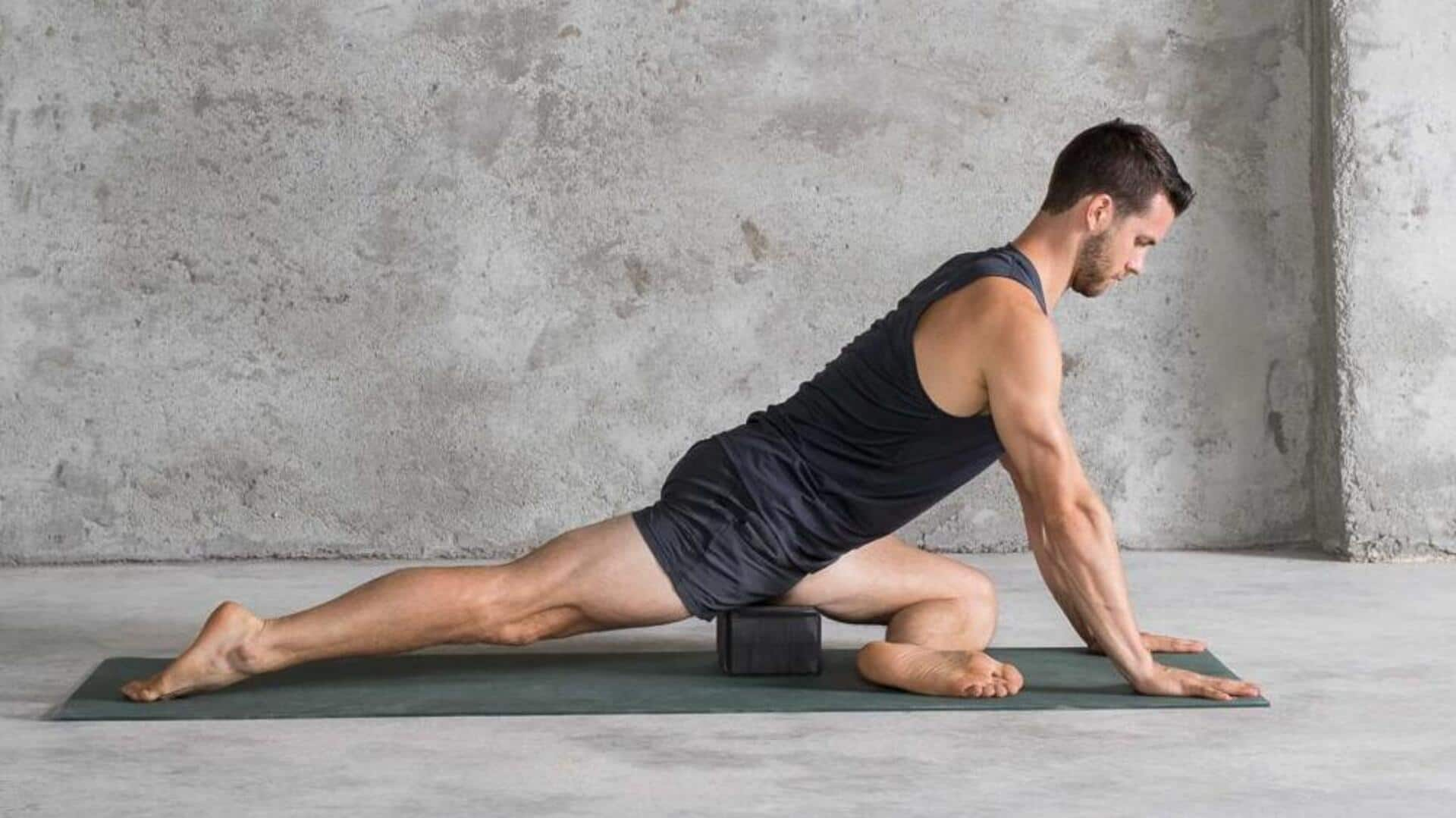
Pigeon pose: How to do it
What's the story
Pigeon pose, or eka pada rajakapotasana, is a highly popular yoga posture that improves flexibility and releases tension in the hips. Not only beginners, but even seasoned practitioners will find this pose helpful to deepen their practice. With a step-by-step approach, anyone can safely master this pose and experience greater mobility and comfort in their daily lives.
Warm-up
Preparing your body for pigeon pose
Before you try your hand at pigeon pose, prepare your body with a good warm-up. Do gentle stretches focusing on your hips, thighs, and lower back. You may also try poses like cat-cow stretches or seated forward bends to promote blood flow and flexibility. A good warm-up minimizes the chances of injury and ensures your muscles are ready for deeper stretching.
Hip alignment
Aligning your hips correctly
Proper hip alignment is key to avoid strain/discomfort while doing pigeon pose. Start with one leg forward with a bent knee and the other leg extended straight behind you. Keep your hips square to the front of your mat. This way, your weight is evenly distributed on both sides of your body, which aids in balance and stability.
Core engagement
Engaging core muscles effectively
Engaging your core muscles when practicing pigeon pose offers support to your lower back and improves overall stability. Concentrate on pulling your navel to your spine while keeping your breath steady throughout the pose. A strong core not just helps hold the position longer but also keeps other parts of the body from bearing unnecessary pressure.
Breath control
Breathing techniques for deeper stretching
Incorporating mindful breathing techniques can significantly enhance the benefits of pigeon pose, allowing for deeper relaxation in each stretch. Practice slow inhalations through the nose, followed by controlled exhalations through pursed lips or a gently open mouth as needed. This method encourages release within tight areas around the hips without pushing movements beyond their natural limits, fostering a deeper sense of ease and flexibility.